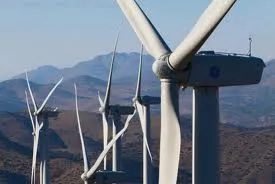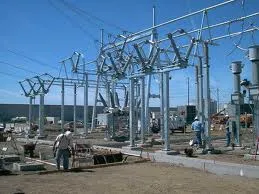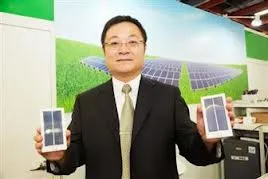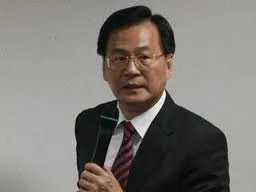Taiwan
LED lighting could save 50% of Taiwan’s energy by 2030
LED lighting could save 50% of Taiwan’s energy by 2030
The key is full adoption of LED lighting across the country.
TSMC show-and-tell: a 15.1% total area efficient champion CIGS module
TSMC recently announced a 1.09 m2 champion copper indium gallium diselenide (CIGS) module with a 15.1% total area efficiency. The module was produced using the current equipment at the company’s 100 MW capacity facility in Taiwan with its process licensed from Stion. The company claims a world record for monolithic thin-film modules, although Miasolé (purchased by Hanergy) demonstrated a 15.5% aperture area efficient 1.68 m2 discretely integrated (non-monolithic) flexible module.
Taiwan likely to make annual electricity rate adjustments
Taiwanese authorities prefer an annual electricity rate adjustments instead of every three months.
Taiwan girds for higher electricity prices
Rate increases to be scheduled every year instead of every three months.
Thailand to collaborate with Mozambique on energy
Thailand and Mozambique are expected to sign an MoU in the next couple of months on energy collaboration.
Advanced Energy inks Taiwan representation deal
Scientech will represent all of Advanced Energy's thin film and solar energy products in Taiwan.
GE to service Taiwan Power's 39MW turbines
General Electric will service 26 GE 1.5MW wind turbines operating across Taiwan.
Taiwan cuts FiTs by 11.88% but increases solar energy target to 130MW
Taiwan has increased its solar power capacity target by 30%. Taiwan has further decreased its feed-in tariffs for 2013 by between 9.23% and 11.88%, while simultaneously
Independent firms set to renegotiate Taipower contracts
Taiwan Cogeneration Corp (???) said yesterday that the company would instruct four independent power producers
Taiwan and UK to collaborate on clean power technology
It includes smart grid solutions.
Taipower to be probed for power purchase
Taipower needs to show non-culpability.
Green Energy revenue plunges
Green Energy Technology Inc., Taiwan’s biggest solar wafer maker, said that revenue sank 42 percent to NT$381 million (US$13 million) last month from NT$662 million in August.
Taiwan's Giga Solar eyes Southeast Asian solar farm projects
Taiwanese solar material maker Giga Solar Materials Corp has set its sights on several new solar farm projects in Southeast Asia.
Neo Solar Power revenue goes down
Taiwan’s solar cell maker Neo Solar Power Corp. last October 5 posted revenue at NT$764 million for last month.The said company's revenue falls as compared with August’s NT$1.07 billion, about 29 percent lower. On an annual basis, this is a 56 percent slump from NT$1.75 billion.Last month’s revenue was at its lowest level since January’s NT$663 million.In the June to September period, revenue plummeted 28 percent to NT$2.85 billion, from NT$3.96 billion in the previous quarter.
Taiwan Power to sue 4 IPPs after negotiations fail
Taiwan Power Co will sue four independent power producers due to disputes in the terms of contracts for electricty sales.
Alstom bags over €160m contracts for air quality control systems
The AQCS supplies are for Taiwan and Romania.
Taiwan’s businessmen seek delay of energy tax hike
A meeting between the government and the business community to iron out energy policy instead saw the private sector complain loudly about the plan to raise energy taxes.







 Advertise
Advertise















Commentary
How pump retrofits boost profitability and efficiency in ageing power plants